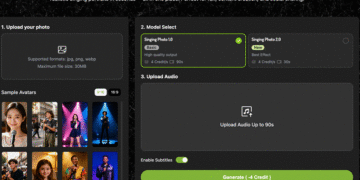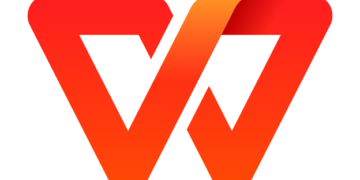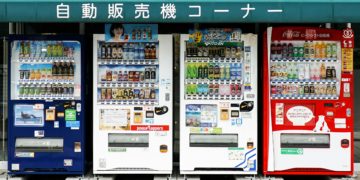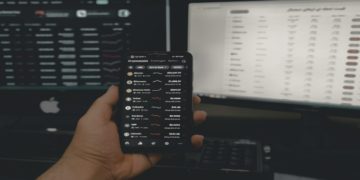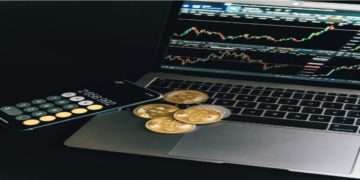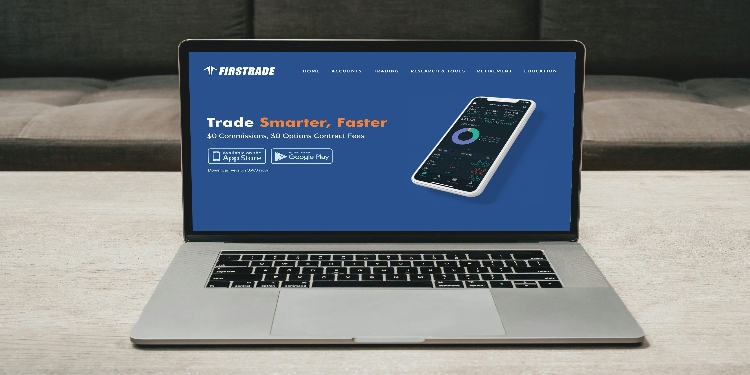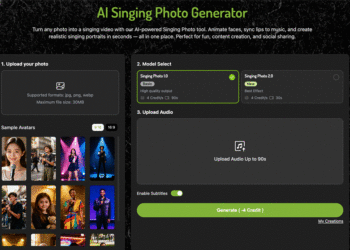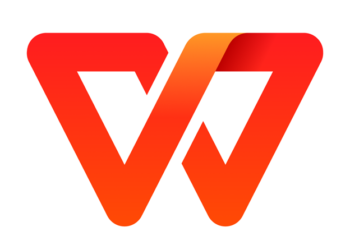You’re staring at three screens – your phone, your laptop, and your desktop – each showing a slightly different chart of the same currency pair. Which one do you trust when the market moves?
In 2025, traders are spoiled for choice: web platforms promise flexibility, desktop apps offer power, and mobile trading delivers freedom on the go. But each comes with strengths and blind spots that can make or break your strategy.
Too many platforms. Too many alerts.
In today’s trading world, choice is both a blessing and a burden. Every platform claims top execution and usability – but how do they really perform when markets move fast? Understanding their true capabilities can save you time, money, and frustration.
Are you a data-driven strategist or a quick decision-maker on the move?
Your trading personality determines which platform helps you perform at your best. The smartest traders in 2025 aren’t tied to one tool; they switch between web, mobile, and desktop to stay efficient and ahead of the market.
One Market – Three Different Worlds
Same trade, different screen – different outcome. The market doesn’t change, but your interface shapes how you see it, react, and profit. Over the past decade, trading platforms have evolved from heavy desktop terminals to fluid ecosystems: web traders offer instant access, desktops deliver analytical depth, and mobile apps bring freedom and distraction. These aren’t just versions of the same tool; they’re three distinct philosophies – flexibility, depth, and mobility, making platform choice a strategic decision, not a technical one.
The Web Trader: Fast, Flexible, and Always Within Reach
The modern web trader is the Swiss Army knife of the trading world – compact, reliable, and ready anywhere.
No installations, no version conflicts, no waiting for updates. You open your browser, log in, and you’re live.
Today’s top web platforms can handle nearly everything a desktop terminal once did: advanced charting, custom indicators, integrated news feeds, and one-click order execution. They’ve evolved alongside browsers that now rival native software in processing power. For traders who value speed and simplicity, this environment hits the sweet spot between accessibility and performance.
However, web platforms do have limits.
When markets surge or data volumes spike, browsers still rely on your connection stability and hardware efficiency. For high-frequency traders or those running multiple monitors with algorithmic tools, latency can make a difference measured in milliseconds – but those milliseconds count.
That’s why Metriccode’s Web Trader, for instance, is optimized for low-latency execution even under heavy data flow. It’s built for those who want professional performance without being chained to a specific machine.
Ideal for:
- Traders who value instant access from any device.
- Those running multiple accounts or switching between environments frequently.
- Users who prioritize clean design and fast execution over deep system customization.
The Desktop Platform: Power Under the Hood
If the web platform is versatile, the desktop terminal is raw strength.
It remains the weapon of choice for algorithmic traders, data-heavy analysts, and professionals managing high-frequency execution or complex strategy automation.
Desktop environments still dominate in areas that require local computing power:
- running multiple chart instances simultaneously,
- managing backtesting or historical data libraries,
- executing scripts, bots, or proprietary indicators.
They offer deeper control, broader customization, and integration with APIs or third-party software. That’s why institutional traders and advanced individuals still rely on platforms like Metriccode Desktop Trader – which blends institutional-grade analytics with low-level hardware optimization.
The trade-off? Flexibility.
Desktops tie you to a physical setup and require constant maintenance – updates, backups, system tuning. If you trade actively, it’s worth it. But for those seeking lightweight access, it can feel like overkill.
The Mobile Trader: Freedom or Distraction?
There’s a reason more than 60% of retail traders check markets from their phones – it’s the one device that never leaves their side.
Mobile trading has turned financial markets into a 24/7 companion. You can monitor positions on a commute, close a trade while boarding a flight, or catch an opportunity from the couch.
But convenience comes at a price. Mobile platforms, no matter how advanced, simplify the view — fewer charting tools, limited multi-window management, and the ever-present risk of emotional decisions. A flick of the thumb replaces structured analysis.
That said, mobile apps are invaluable for monitoring and reaction, not deep planning. Metriccode’s Mobile Trader, for example, focuses on clean execution and real-time alerts, letting you act without hesitation, but also sync seamlessly with your desktop or web environment when deeper analysis is needed.
Used wisely, mobile trading extends your reach. Used impulsively, it amplifies mistakes. The distinction is discipline.
Matching the Platform to the Person
Trading platforms don’t make traders – they reveal them.
The way you interact with your tools says more about your style than your strategy does.
If you’re detail-oriented, patient, and love analyzing multiple layers of data, desktop trading fits like a glove. If you prioritize speed, simplicity, and adaptability, web trading suits your rhythm. And if you’re an on-the-go decision-maker who needs constant market presence, mobile is your ally.
Here’s a simple lens many professionals use when choosing:
- Web trader: ideal for balanced, daily market participation.
- Desktop trader: best for analytical depth and automation.
- Mobile trader: perfect for reaction and monitoring.
Platforms like Metriccode remove the “either-or” dilemma by offering synchronized access across all three. Your watchlist, chart setups, and analytics follow you wherever you go, whether you switch devices or locations. That consistency turns technology into an advantage instead of a distraction.
Blending It All Together
The truth is, there’s no single “best” platform – only the best combination for you.
Professional traders in 2025 rarely commit to one environment. They analyze on desktop, execute on web, and monitor on mobile. This hybrid workflow is the new norm, balancing flexibility and precision.
Imagine this setup:
- You research and build your trade plan using Metriccode Desktop Trader for full data depth.
- Execute positions and manage exposure through Metriccode Web Trader – faster, cleaner, and globally accessible.
- Track performance and receive alerts through Metriccode Mobile Trader, ensuring you never lose situational awareness.
Each tool serves a different phase of the trading cycle. Together, they create an ecosystem where your focus stays on markets, not on managing software.
Trading in is about synergy among technology, timing, and the person behind the screen.




